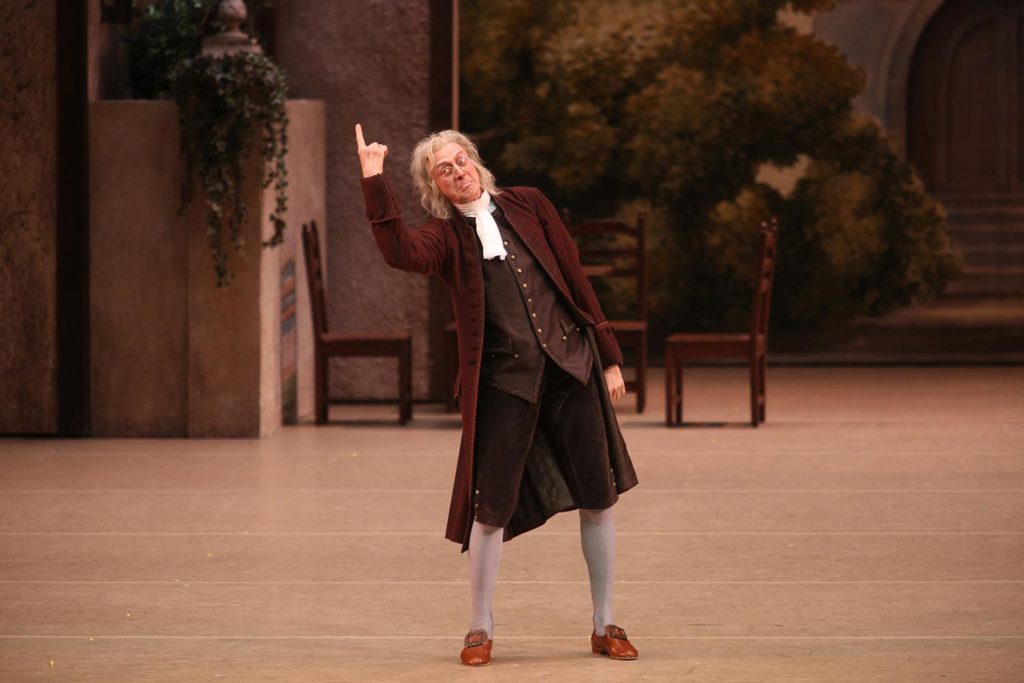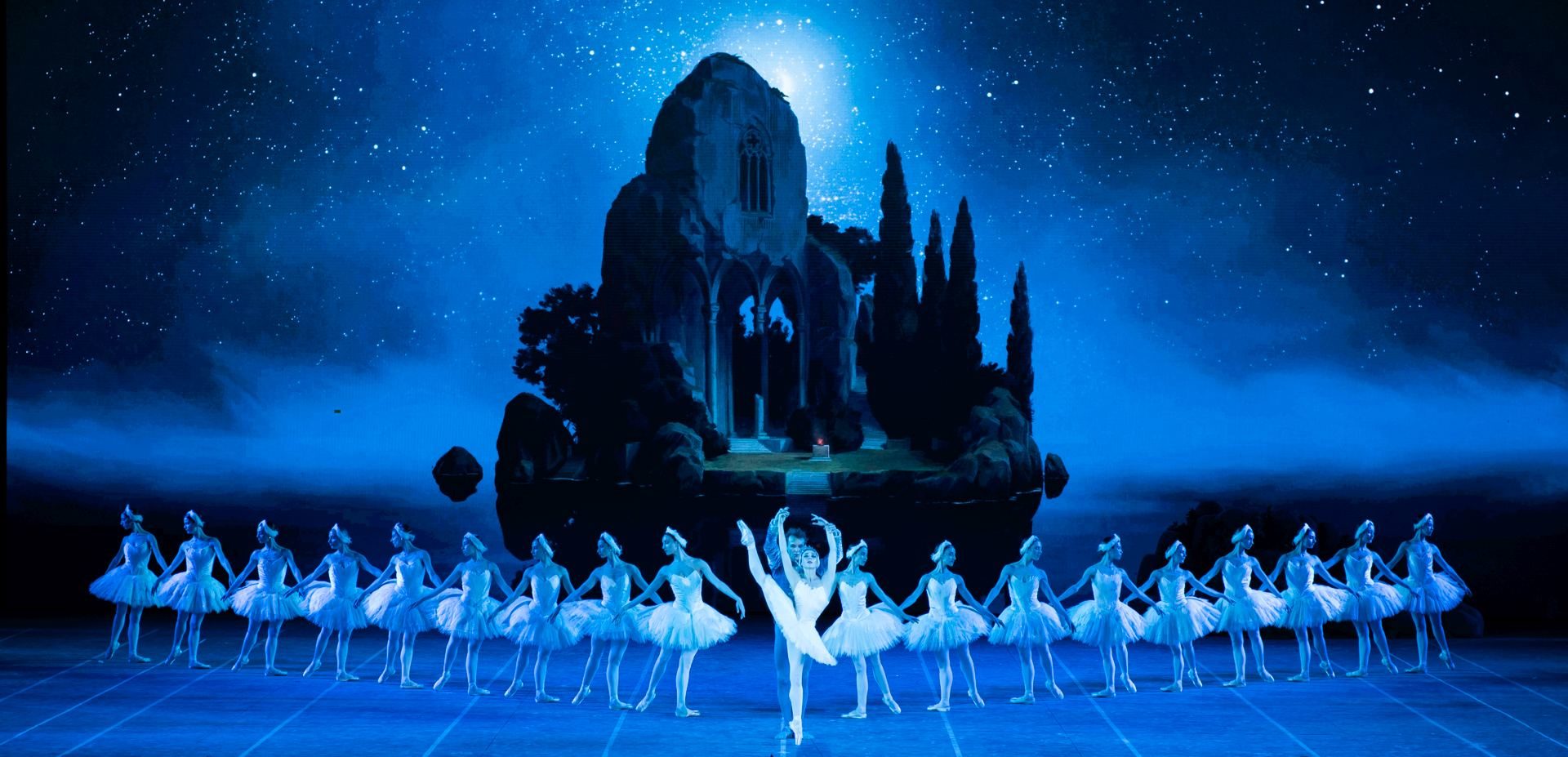Growing With the Legacy
“Coppélia”
Bolshoi Ballet
Bolshoi Theatre
Moscow, Russia
March 23, 2019 (matinee)
by Ilona Landgraf
Copyright © 2019 by Ilona Landgraf
 What would Sergei Vikharev have thought of his “Coppélia” if he had watched the matinee on March 23? For one thing, he wouldn’t appreciate my calling the work “his”, as it is Petipa’s and his assistant Cecchetti’s 1884 choreography that Vikharev, together with ballet scholar Pavel Gershenzon, meticulously revived from Nicholas Sergeiev’s notation. Vikharev’s reconstruction premiered in 2009 with the Bolshoi Ballet with an updated revival planned for 2018/19. However, fate struck in the summer of 2017 when Vikharev, only fifty-five years old, died from an adverse reaction to anesthetic during a dental treatment. As a result, the company re-staged the 2009 version. (more…)
What would Sergei Vikharev have thought of his “Coppélia” if he had watched the matinee on March 23? For one thing, he wouldn’t appreciate my calling the work “his”, as it is Petipa’s and his assistant Cecchetti’s 1884 choreography that Vikharev, together with ballet scholar Pavel Gershenzon, meticulously revived from Nicholas Sergeiev’s notation. Vikharev’s reconstruction premiered in 2009 with the Bolshoi Ballet with an updated revival planned for 2018/19. However, fate struck in the summer of 2017 when Vikharev, only fifty-five years old, died from an adverse reaction to anesthetic during a dental treatment. As a result, the company re-staged the 2009 version. (more…)

